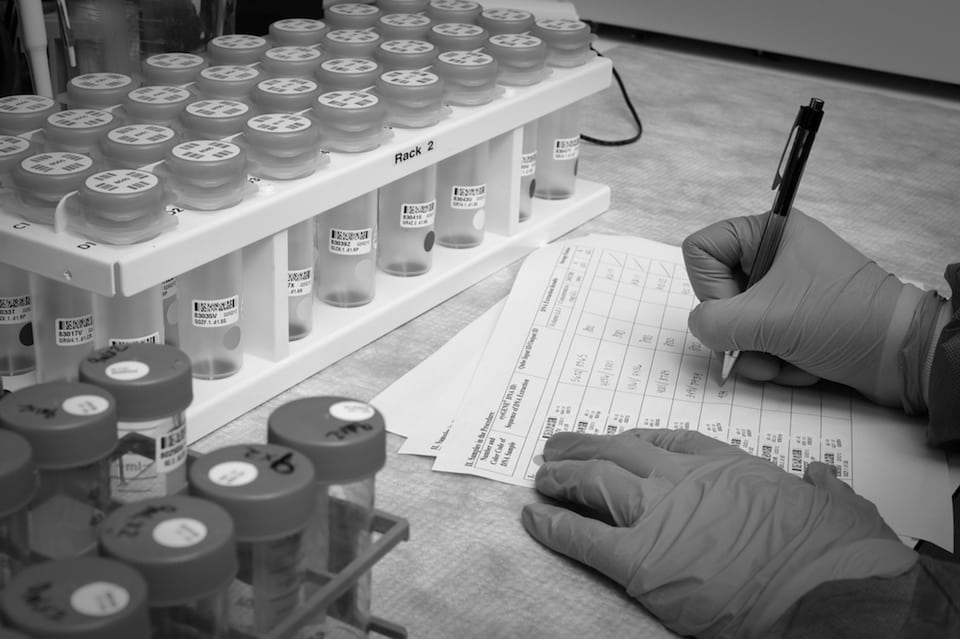The scientific research community is dependent on academic integrity for its credibility. Intentional manipulation of results is considered a cardinal sin. The consequences of research misconduct extend beyond just the scientists’ personal reputations and careers; it can also compromise the validity of other scientific discoveries and diminish the trust the public places in science.
It was a great surprise then, when in the fall of 2015, an internal investigation revealed that Dr. Sophie Jamal, a researcher and senior physician at the Women’s College Hospital in Toronto, fabricated the results of a nitroglycerin study published in the Journal of the American Medical Association.
The paper reported that nitroglycerin “significantly” increased bone density among post-menopausal women. A randomized control trial was conducted on 243 women with a mean age of 61.6 to investigate the effect of an applied nitroglycerin ointment opposed to a placebo. In response to evidence of falsified statistical data, a retraction was requested on December 28 2015, approximately four years after the study was first published in 2011.
Jamal has co-authored over 50 publications. She was the research director of the Centre for Osteoporosis & Bone Health and an associate professor of medicine at the University of Toronto, but she has since resigned from both positions. Additionally, participants of the two-year-long study have been informed about the misrepresentation of results.
In an interview with the Toronto Star, Marilyn Emery, the president of the Women’s College Hospital acknowledged the pressure on researchers to publish meaningful results, though she acknowledged that it should not justify compromising the integrity of research.
In some cases, the damage caused by fabricated data can lead to issues in public health. For example, the fear of vaccines spread quickly following a published study that established an association between autism and the vaccines for measles, mumps, and rubella. The findings by British doctor Andrew Wakefield were intentionally manipulated and subsequently disproved. Public mistrust lingered though, and the reduction in vaccination rates led to the reemergence of preventable diseases.
“Any time there is a falsification in science, it is a black mark on all of us,” says Raywat Deonandan, a health sciences professor at the University of Ottawa in an interview with Toronto Metro. “This puts more bullets in the guns of people aiming to kill science and show it as untrustworthy.”
Editor’s note: An earlier version of this article reported that Drs. Shereen Ezzat and Silvia Asa of the University Health Network (UHN) had been accused of allegedly falsifying data in two studies published in the American Journal of Pathology based on other media coverage of the incident. This assertion has since been challenged in court where it was revealed that the researchers had been misled by lab assistants. The case is ongoing.


